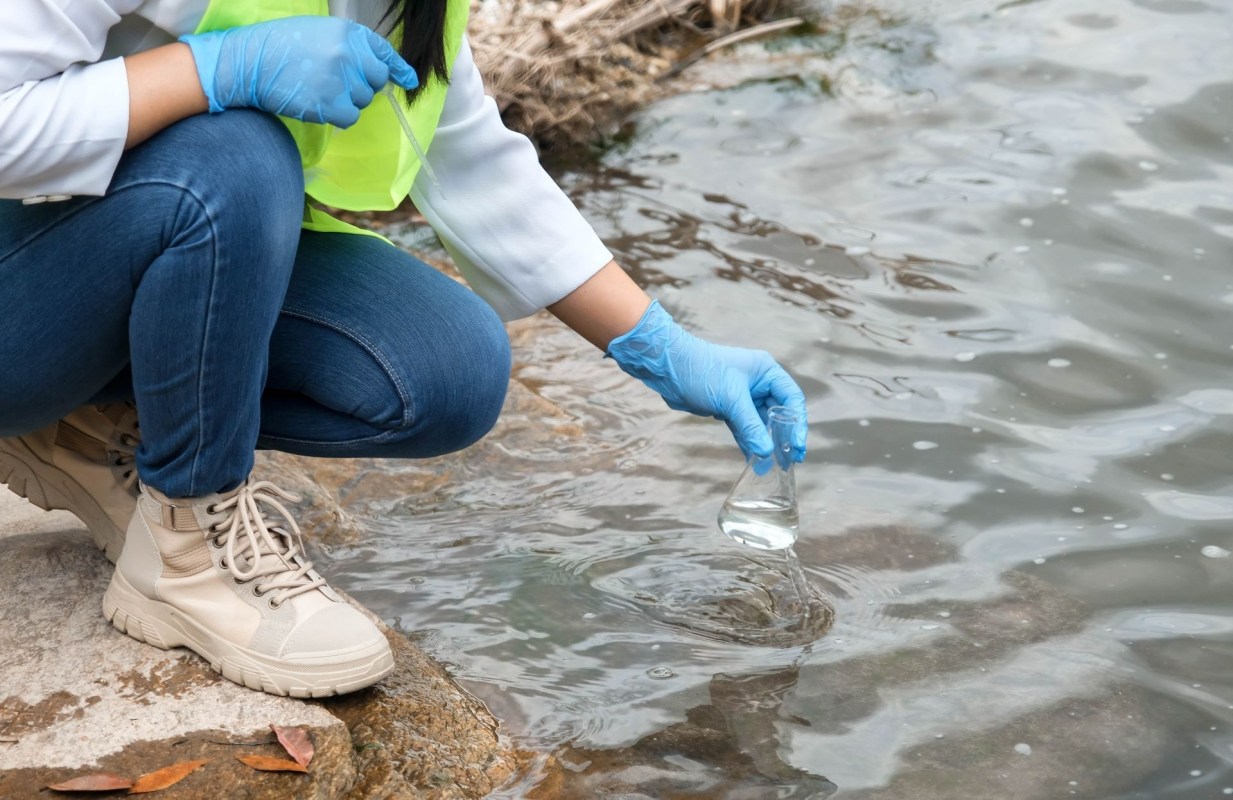Toxic chemicals called PFAS have been found in drinking water throughout the U.S. in the past 20 years, raising major health concerns for the people with the greatest exposure, ABC News reports.
What are PFAS?
PFAS (per- and polyfluoroalkyl substances) are a group of chemicals that are popular with manufacturers because they can be used to create water-resistant, fire-resistant, and nonstick surfaces. They're used in clothes, cosmetics, cookware, packaging, and many other products.
However, PFAS are a worrisome pollutant because they don't break down in nature. Many harmful chemicals break apart on their own over time, and others can be eaten by microbes. But PFAS stay in the environment without breaking down, earning them the nickname "forever chemicals."
ABC News analyzed water testing data from the past 20 years to see where PFAS have appeared. The news outlet found that out of all the zip codes in the U.S. — 41,704, according to the United States Postal Service — 43% have been found to have at least one source of water contaminated with PFAS.
"(Contamination) is sprinkled in every single state in the country. It's sprinkled in communities small, large, rural, urban, suburban," Erik Olson, the senior strategic director for health at the Natural Resources Defense Council, told ABC News. "It's all over the place."
The outlet also reported that the areas most likely to experience PFAS contamination were low-income and racially diverse areas.
Why do PFAS matter?
PFAS are linked to a wide range of health problems. They raise the risk of cancer, cause fertility problems, and even contribute to surprising issues, like high cholesterol and reduced response to vaccines in children.
Most people in the U.S. have some exposure to PFAS. They may encounter these chemicals anywhere, even in raindrops. But the chance of poor health outcomes increases with more exposure. Those who are drinking contaminated water regularly are severely at risk.
What is being done about PFAS?
This year, the EPA announced a proposal for new limits on some PFAS in drinking water, the first limits of this kind, ABC News reported. While only six of the thousands of PFAS are covered, it's a step toward curbing the pollution.
Researchers are also hard at work on methods to destroy PFAS and nonpolluting ways to get rid of these chemicals.
TCD Picks » Upway Spotlight
💡Upway makes it easy to find discounts of up to 60% on premium e-bike brands
In the meantime, there are a few ways to reduce your exposure to these chemicals. Steer clear of nonstick cookware and prioritize manufacturers that avoid PFAS: This list contains a plethora of brands that sell PFAS-free goods, ranging from textiles, carpets and rugs, home maintenance products, to foodware, cosmetics, clothing, and personal care products.
Join our free newsletter for cool news and cool tips that make it easy to help yourself while helping the planet.














